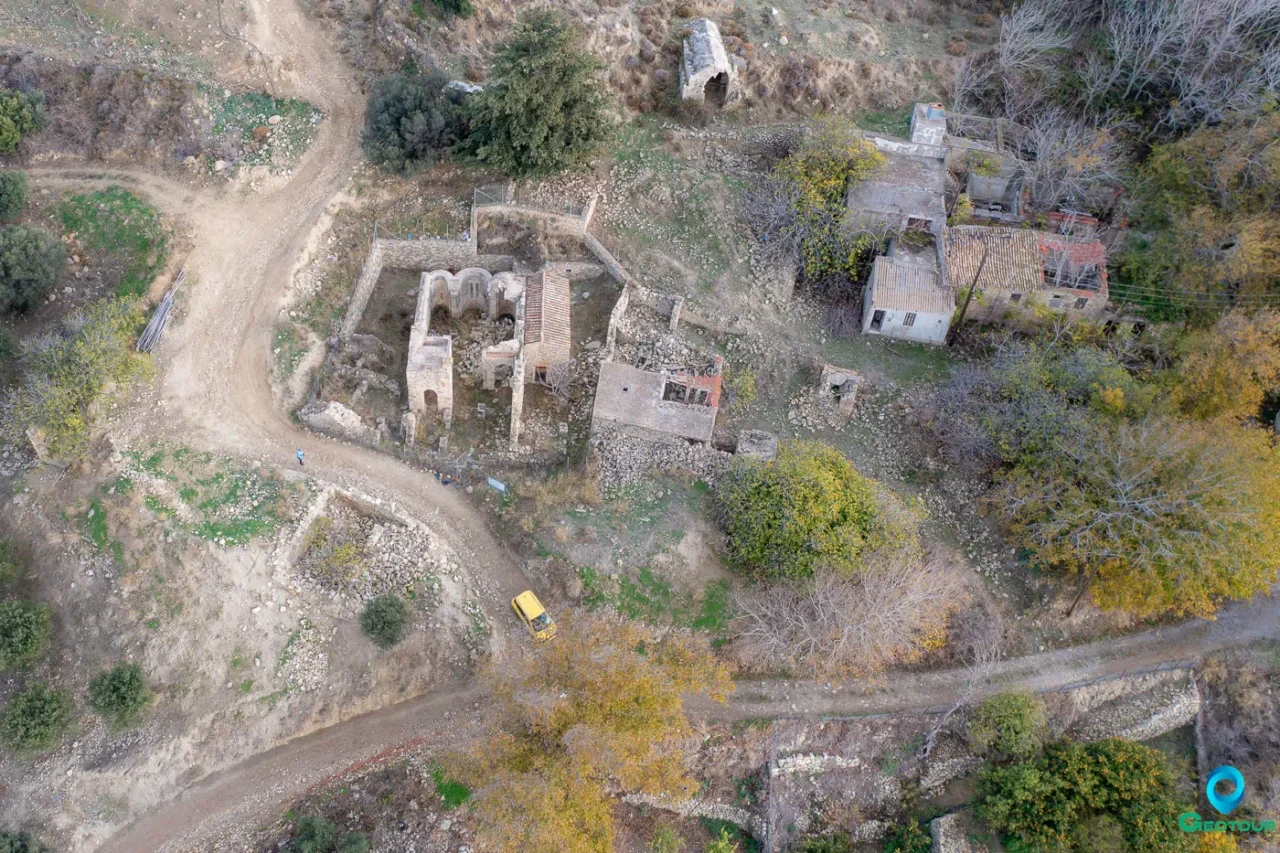
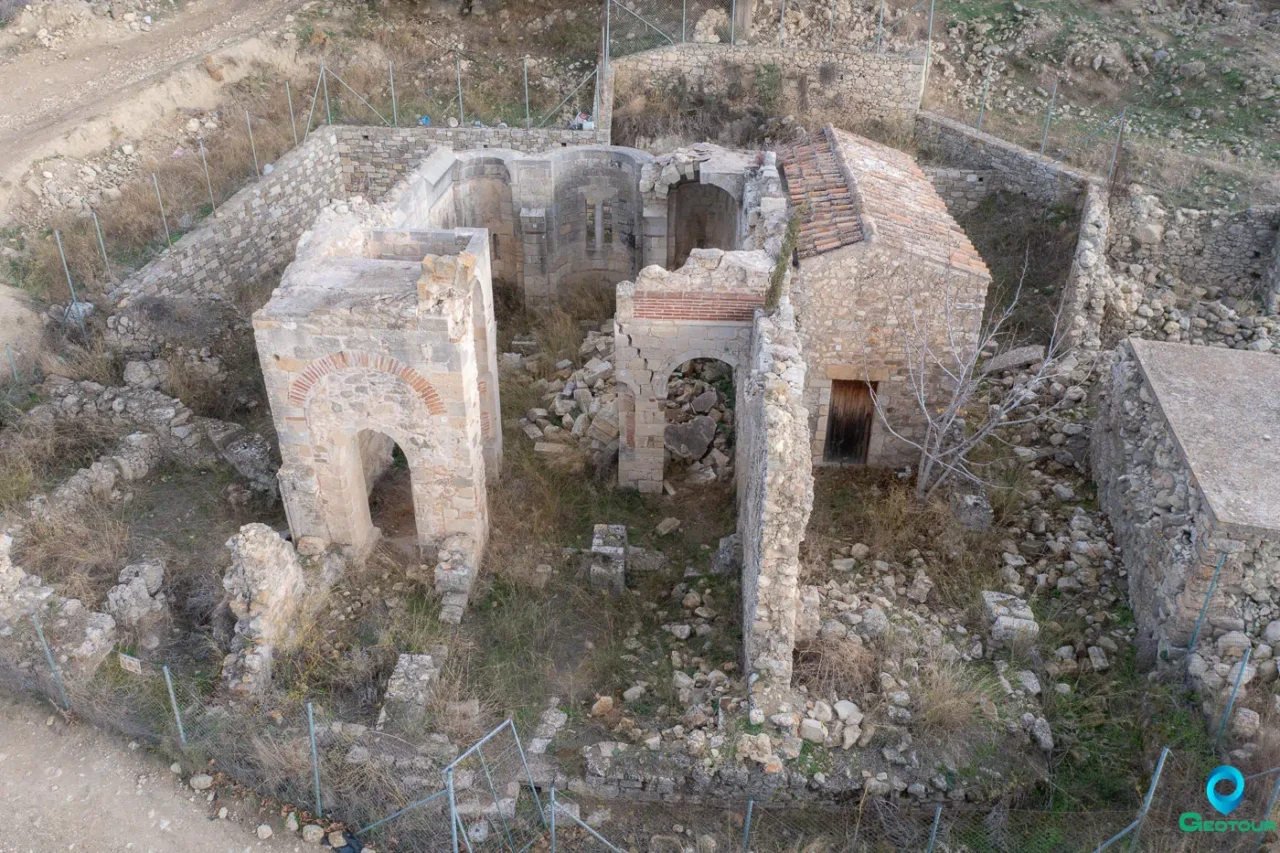

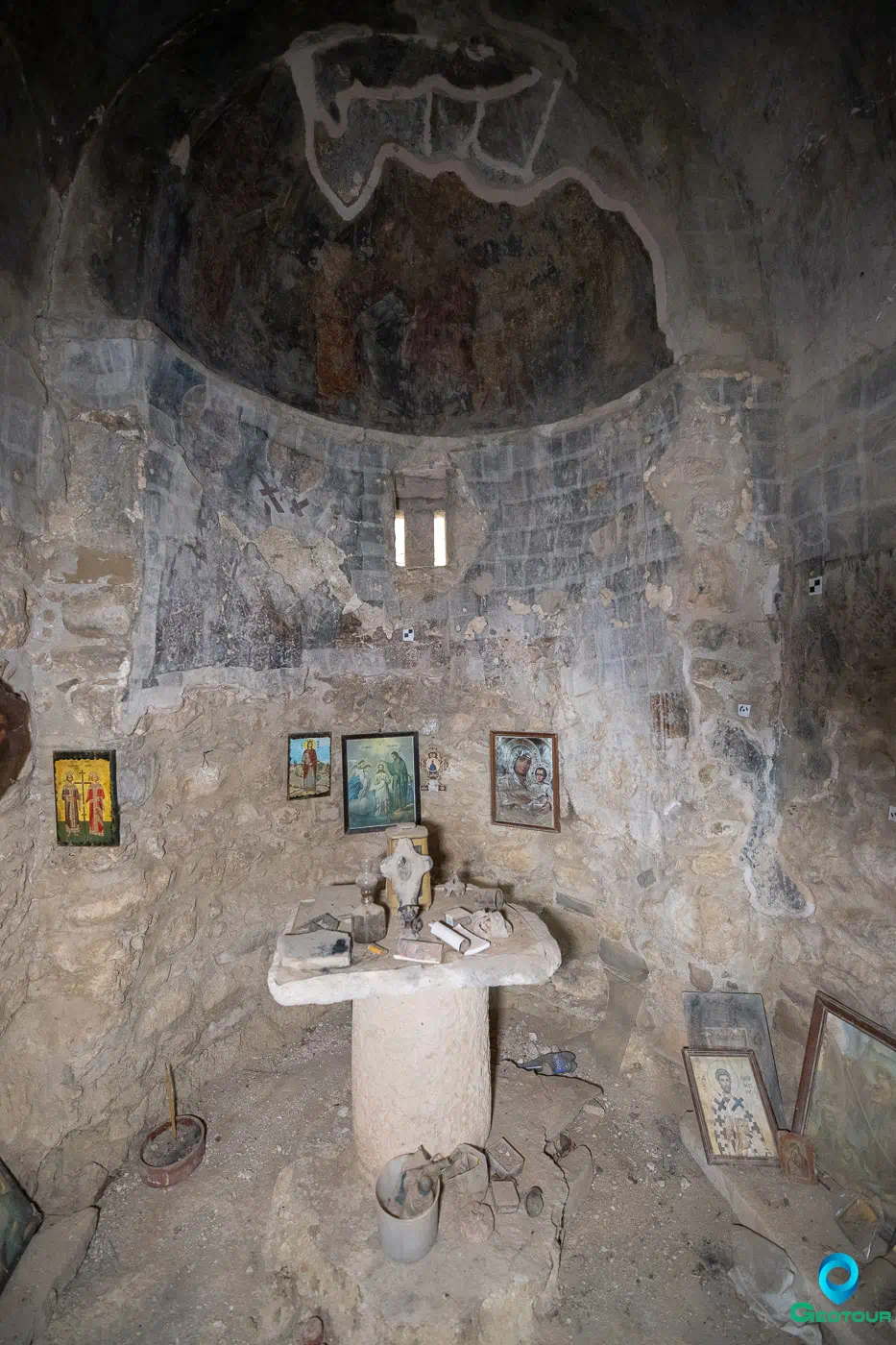


Mikra Episkopi is an abandoned village located in the Municipality of Minoa Pediada, Heraklion regional unit, on the island of Crete, Greece. It is situated approximately 7 km southwest of Arkalochori and 1 km north of the village of Partira. The village was inhabited until the 1980s when the last resident passed away.
Historical Significance
The village’s name, which translates to “Small Bishopric,” derives from its historical role as the seat of the Diocese of Arcadia during the Venetian period. The most significant historical landmark in Mikra Episkopi is the ruined church of Sotiras Christos (Savior Christ). This church, dating back to the Venetian era, was built upon the remains of an earlier basilica. It features a cruciform architectural style with a dome and a narthex. Although in ruins, parts of the walls, columns with capitals, and the narthex remain visible.
Next to the episcopal church, there is a small, single-aisled church dedicated to the Virgin Mary (Panagia). This church retains some Venetian-era frescoes, which are in poor condition but have undergone restoration efforts by the Archaeological Service. A little further away, one can find the ruins of the church of Agios Dimitrios (Saint Demetrius).
Churches of Mikra Episkopi
Church of Sotiras Christos
The church of Sotiras Christos is the most prominent historical landmark in Mikra Episkopi. It is a Byzantine church that dates back to the Venetian period. The church was built on the site of an earlier Christian basilica, and it served as the episcopal church of the Diocese of Arcadia.
The church is a cruciform building with a dome and a narthex. The narthex was later modified and a chapel dedicated to Saint Nicholas was added to the south. The corner compartments of the church are covered by semi-cylindrical vaults, the eastern ones supported by built piers and the western ones by columns with Corinthian capitals that probably came from the earlier Christian basilica. The three-aisled narthex is roofed in the middle by a vault and on the sides by lower transverse vaults, and communicates with the main church by three arched openings. The three semi-cylindrical apses have single-light arched windows. During the Venetian period, an exonarthex was added to the west, of which traces of the masonry with a doorway framed by typical late Gothic rods survive.
The church was decorated with frescoes, which today have suffered enormous damage due to the collapse of the roof and their exposure to the elements. A few indeterminate remains survive in the southeastern corner compartment, dating from the 14th century. The chapel of Agios Nikolaos was frescoed according to the inscription in 1444 and is the work of a capable painter who follows the tradition of the mid-15th century associated with Constantinople.
Church of Panagia
Next to the ruins of the episcopal church is a small single-aisled church dedicated to the Virgin Mary (Panagia). The church of Panagia preserves some Venetian-era frescoes, in poor condition, which have undergone restoration efforts by the Archaeological Service.
Church of Agios Dimitrios
A little further away from the church of Sotiras Christos, one can find the ruins of the church of Agios Dimitrios (Saint Demetrius).
Current Status
Mikra Episkopi is an abandoned village with deserted houses and overgrown paths. The houses are dilapidated with collapsed roofs and broken windows. A stone fountain in the village center, shaded by a plane tree, still flows with water.
Settlement: Key Points
- Historical references: Ottoman censuses, Venetian era documents
- Location: 7 km southwest of Arkalochori, 1 km north of Partira, Crete, Greece.
- Historical significance: Served as the seat of the Diocese of Arcadia.
- Population data:
Year |
Population |
Notes |
|---|---|---|
1881 |
49 |
1 Christian, 48 Muslims |
1900 |
13 |
6 Christians, 7 Muslims |
1928 |
24 |
|
1981 |
||
1991 |
0 |
|
2001 |
||
2011 |
3 |
|
2021 |
5 |
- Current status: Abandoned village with significant historical ruins.

















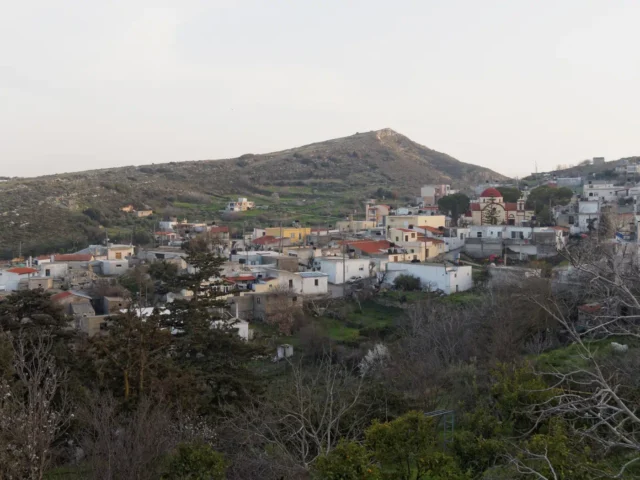

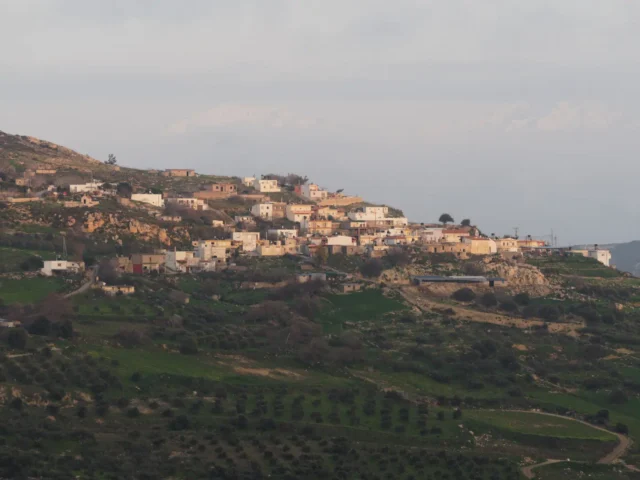
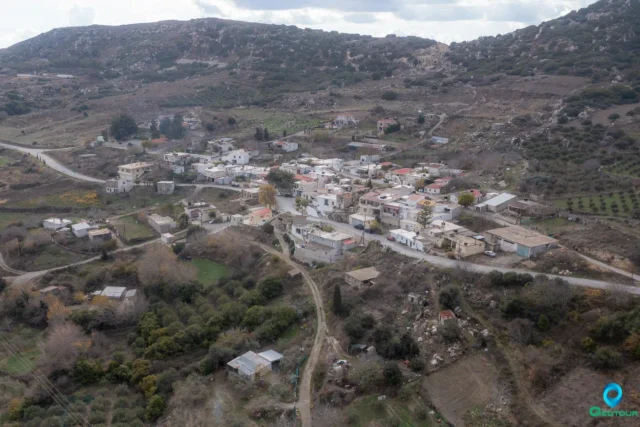

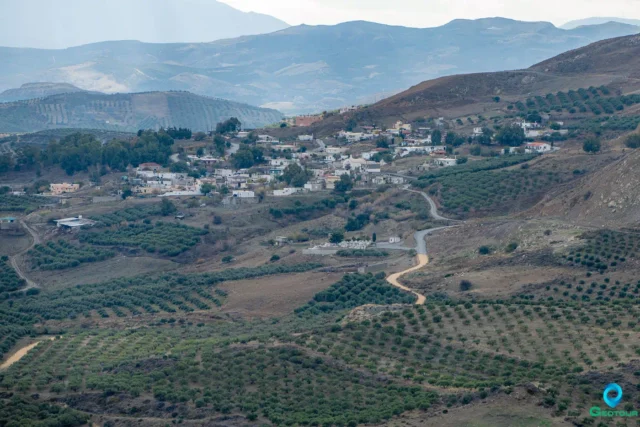
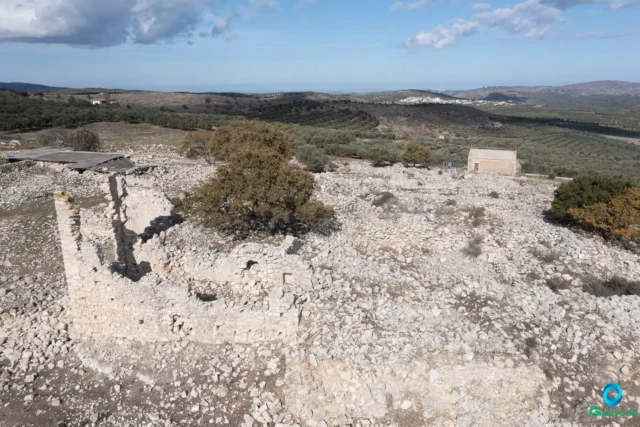
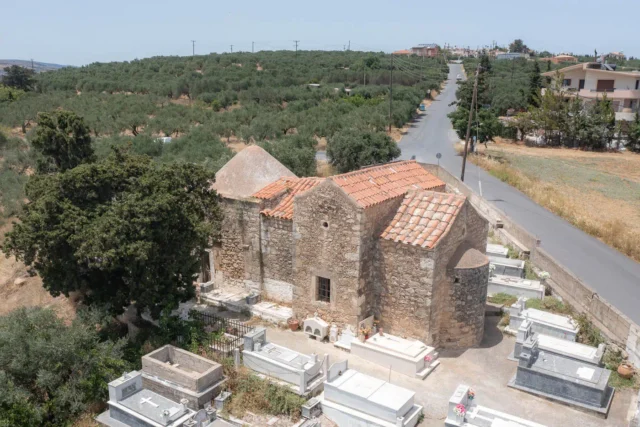
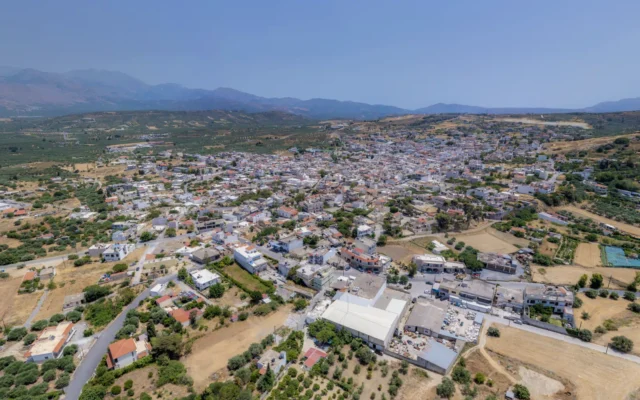
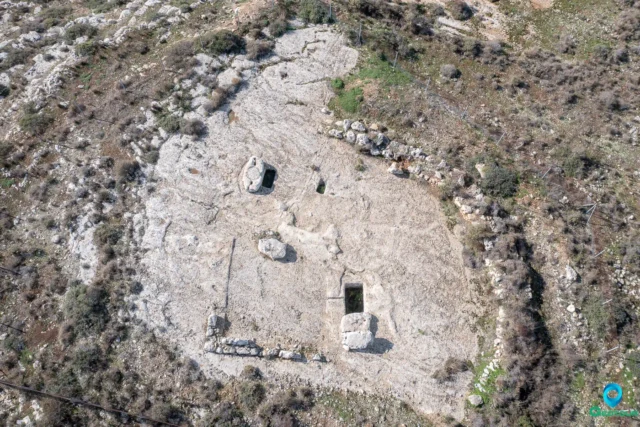
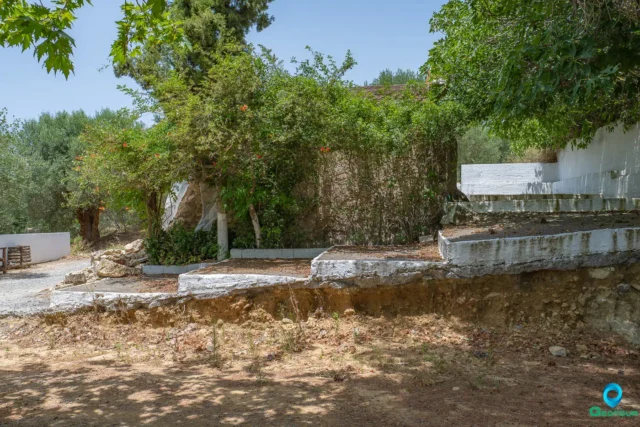

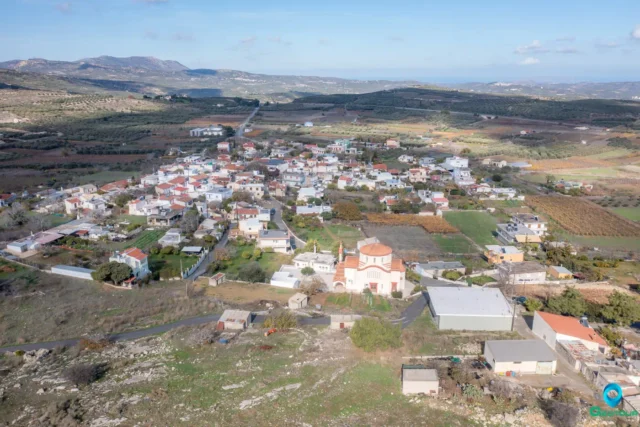
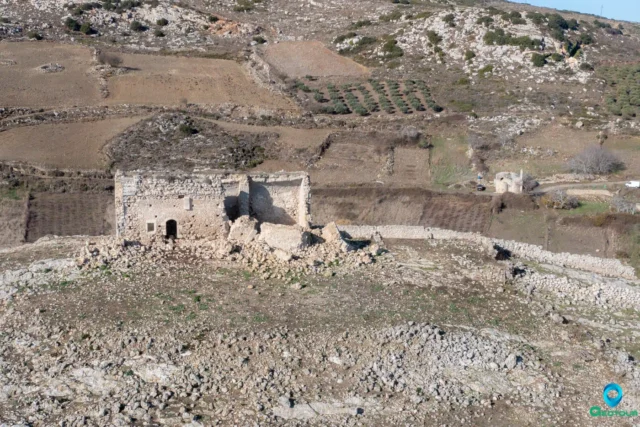
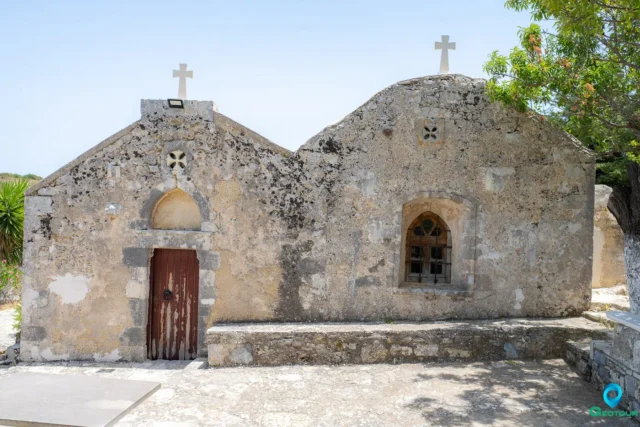

There are no comments yet.